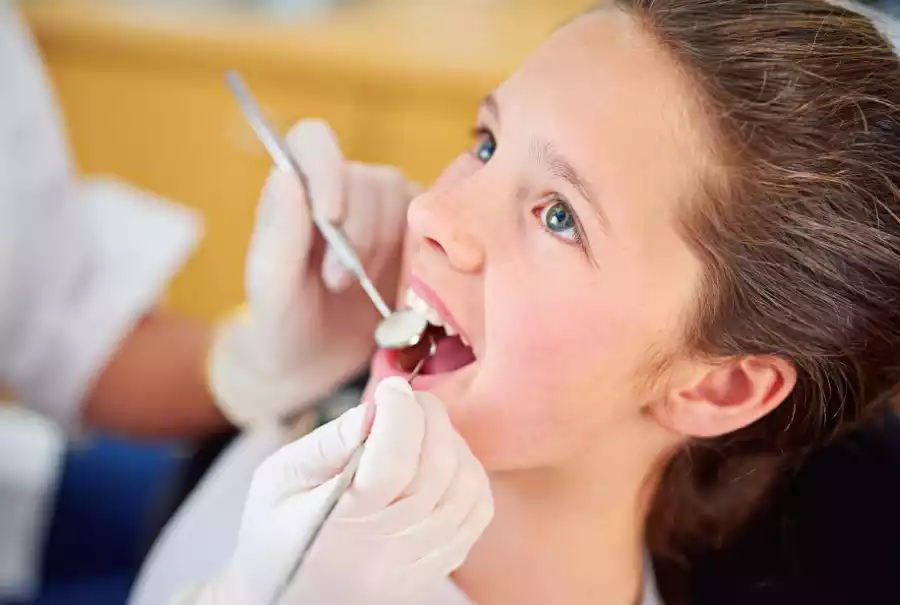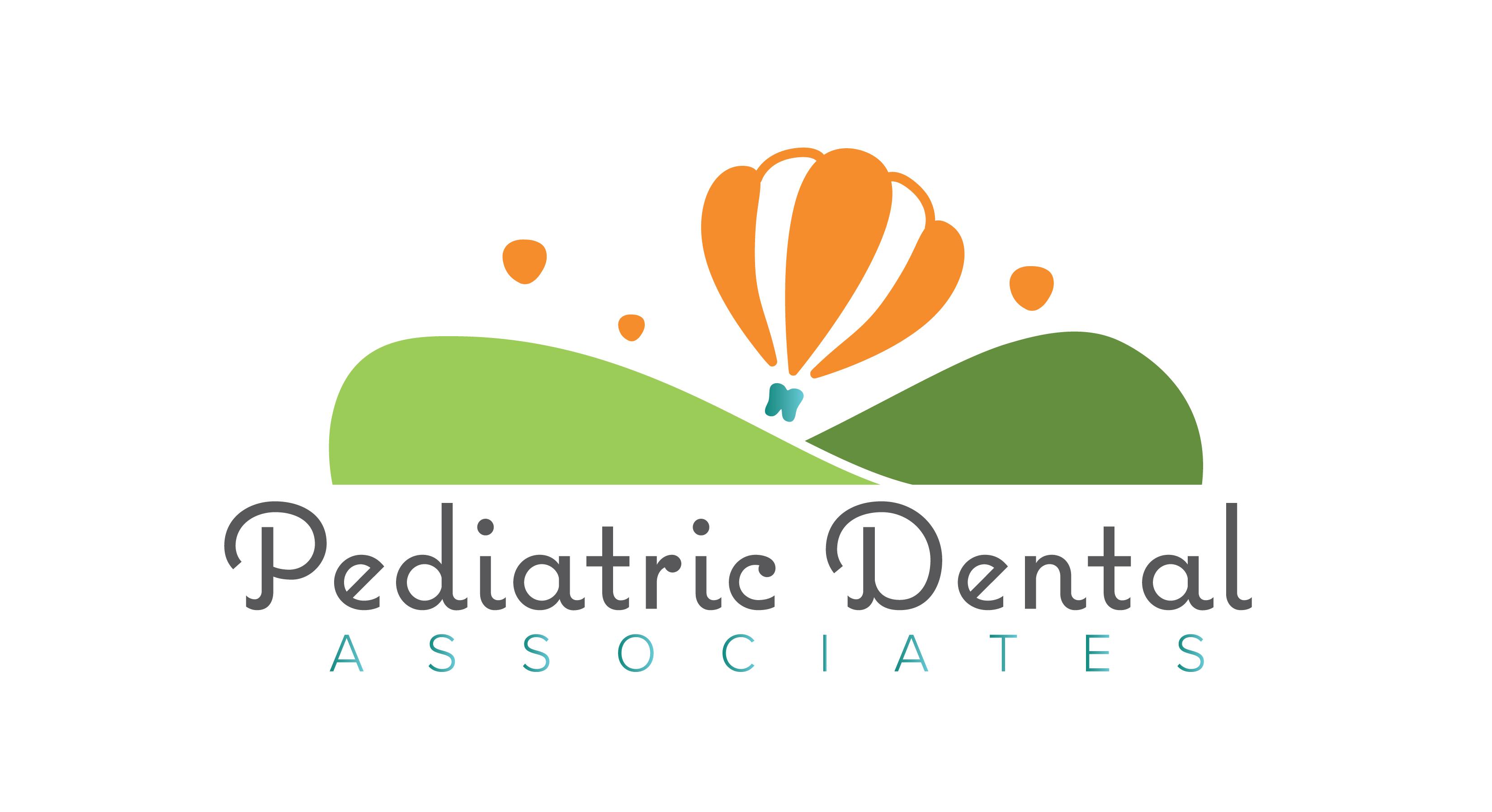
As children grow and develop, their mouths also change, especially their teeth. Baby teeth are replaced by permanent teeth as your kiddo transitions into adulthood. However, premature loss of baby teeth or delayed eruption of adult teeth can result in oral health problems such as overcrowding and loose teeth.
To prevent adjacent teeth from shifting, pediatric dentists may recommend a space maintainer for your child. Essentially, a space maintainer is a dental device that addresses the premature loss of baby teeth and promotes proper jaw development.
The primary reason why a space maintainer may be necessary is the premature loss or extraction of a baby tooth. Accidents, mouth trauma during sports, and decay can all result in the early loss of baby teeth. Space maintainers are used to temporarily keep open the necessary space and prevent misalignment or overcrowding of teeth.
Whether or not your child needs a space maintainer depends on their stage of development and the recommendation of our qualified pediatric dentists. These devices are only utilized if they are beneficial to the child’s oral development.
There are two main categories of space maintainers:
In conclusion, space maintainers are a useful tool in managing premature loss of baby teeth and promoting proper jaw development. Pediatric dentists will recommend the appropriate type of space maintainer based on your child’s needs and stage of development.
Still have more questions about space maintainers and wondering if your child would benefit from one? Our skilled team at Pediatric Dental Associates, are available to speak with you in depth regarding what is right for your child’s oral health in the long term.
